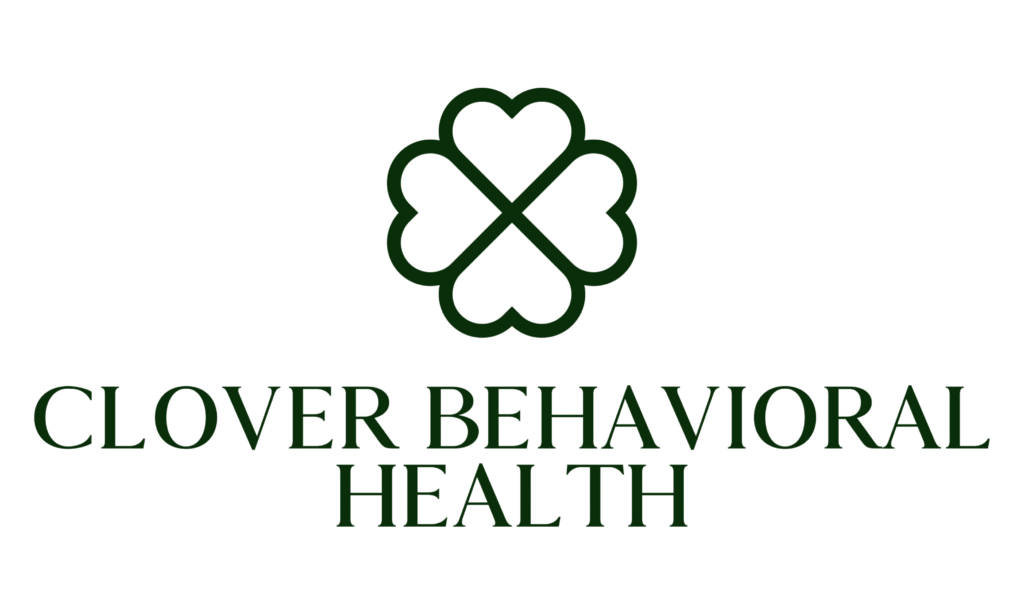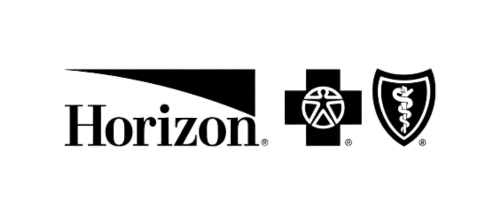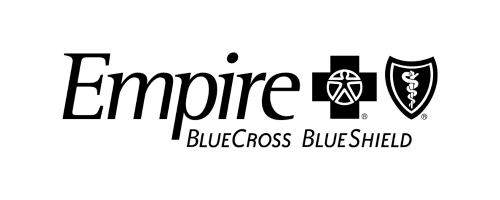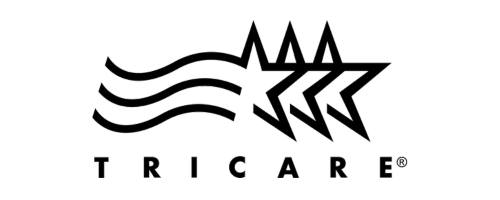Reading Between the Pixels: Digital Body Language in Telehealth Addiction Treatment in Tewksbury, MA
In 2022, a Delphi study was conducted by 35 experts, who identified nine essential non-verbal cues proven vital for client-therapist communication. Out of these cues, eye contact, facial expression, and the tone of voice were highlighted as the most crucial ones.
As an individual struggling with addiction, you may not be able to see what is going on behind the scenes. But it is actually interesting, and there is a reason why telehealth is recommended as an equal (or even better) treatment alternative. Being in a small town like Tewksberry, with limited treatment options, you may feel hesitant, but virtual options are actually an outstanding…and telehealth is making high-quality care more accessible than ever.
Today, we will discuss digital body language and its role in helping build the base of the best telehealth addiction treatment in Tewksbury, MA. So, let’s get started:
What is Digital Body Language in Telehealth?
Digital body language is an entire science in itself. It is the sum of non-verbal cues that the patients and their therapist or counsellor exchange through the screen. These cues, including gaze, facial expression, gesture, head movement, and proxemics, translate to practical takeaways for the clinicians. Understandably, more than 80% of telehealth encounters rely entirely on digital cues; however, mastering even the slightest differences can significantly boost empathy and perceived support in the telehealth setting.
Therefore, telehealth practitioners need to monitor micro-movements, auditory cues, and account for different interface behaviours.
Are Telehealth Practitioners Aware of Digital Body Language?
Thankfully, clinicians are already aware of this, and they are implementing strategies to ensure good outcomes. For instance, therapists maintain eye contact to convey that they are more attentive, supportive, and sincere, thereby boosting the sense of connection during the virtual visit. Similarly, clinicians often enhance that “webside” connection by setting their video framing to include upper body gestures and leaning slightly forward. This open posture conveys warmth and helps reinforce empathy.
What Does This Mean for Tewksbury Residents?
For Tewksbury, MA residents, this means that telehealth addiction treatment in Tewksbury, MA care doesn’t just replicate in-person empathy; it can deliver an even more intentional and visible form of connection.
Skilled providers know exactly how to “read between the pixels” to ensure you’re truly seen and heard.
How Do Therapists Read Between the Pixels?
Experienced therapists offering telehealth addiction treatment in Tewksbury, MA, often read between the pixels through mastery over verbal cues.
They note some very subtle aspects that may not be visible to the naked eye. For instance:
Micro-movements and Facial Expressions
As proven by multiple studies, we have multiple non-verbal cues.
Experienced counselors and therapists pay close attention to the slightest eyebrow raises, lip tension, brief smiles, or eye shifts, all the tiny signals that can indicate anxiety, ambivalence, or craving in addiction recovery.
These micro-expressions, though fleeting, often guide the therapist’s next question or validation.
Gaze and Camera Presence
By looking into the camera rather than at the patient’s image, therapists simulate direct eye contact.
A recent study showed that 87% virtual session attendees perceived better eye contact at 7 degree eye gaze angle versus the usual 15 degree angle.
Now, this sort of research is well-known to the clinicians delivering telehealth addiction treatment in Tewksbury, MA so it makes it easier for them to increase their sense of empathy and attentiveness with their patients.
Gesture and Posture
Since only the upper body is visible, therapists use open hand gestures and upright posture to convey warmth and encouragement.
Exaggeration of these very movements helps ensure nonverbal signals come across clearly through the screen…and doing so allows patients to feel the providers are trustworthy when they perceive these visual signals.
Auditory Cues
Tone of voice, pacing, pauses, and sighs often reveal more than words.
In a recent study, 75% of patients rated the audio quality as “excellent”, ensuring these subtleties come through clearly and enhance emotional understanding.
For individuals receiving telehealth addiction treatment in Tewksbury, MA, this helps massively because experienced professionals immediately catch on the difference.
Even a sudden silence or change in vocal energy can flag emotional distress, giving the therapist a cue to check in.
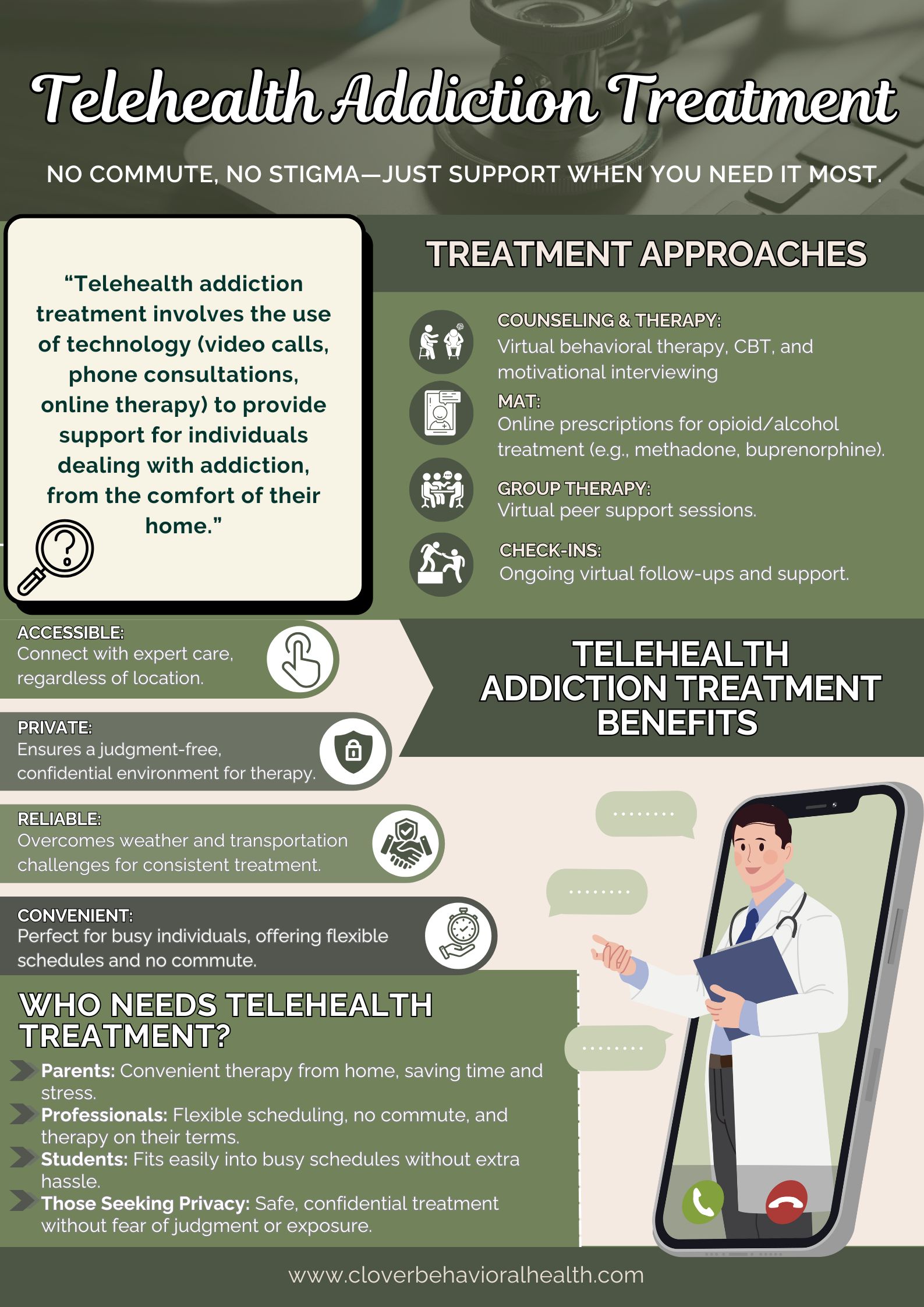
Environment and Background cues
The “pixels” include more than faces – clinicians notice surroundings too.
A session held in a car, a sudden change of location, or the presence of others in the background can signal stressors, safety risks, or triggers, guiding the therapist to tailor their support.
Establishing Connection Beyond the Screen with Telehealth Addiction Treatment in Tewksbury, MA
In the small town of Tewksbury, MA, where in-person addiction treatment options can feel limited, telehealth offers more than just accessibility. Digital body language gives therapists a way to notice subtle cues that might otherwise be overlooked. For local residents, this means they can receive high-quality, empathetic care without leaving home, supported through every gesture, tone, and pixel.
So, if you or a loved one is struggling, telehealth addiction treatment in Tewksbury, MA might just be the answer you are looking for. You can reach out to us, at Clover Behavioral Health, by calling 978-216-7765 and getting all the information you need to get started on this beautiful, virtual journey that will for sure enhance the quality of your life.
